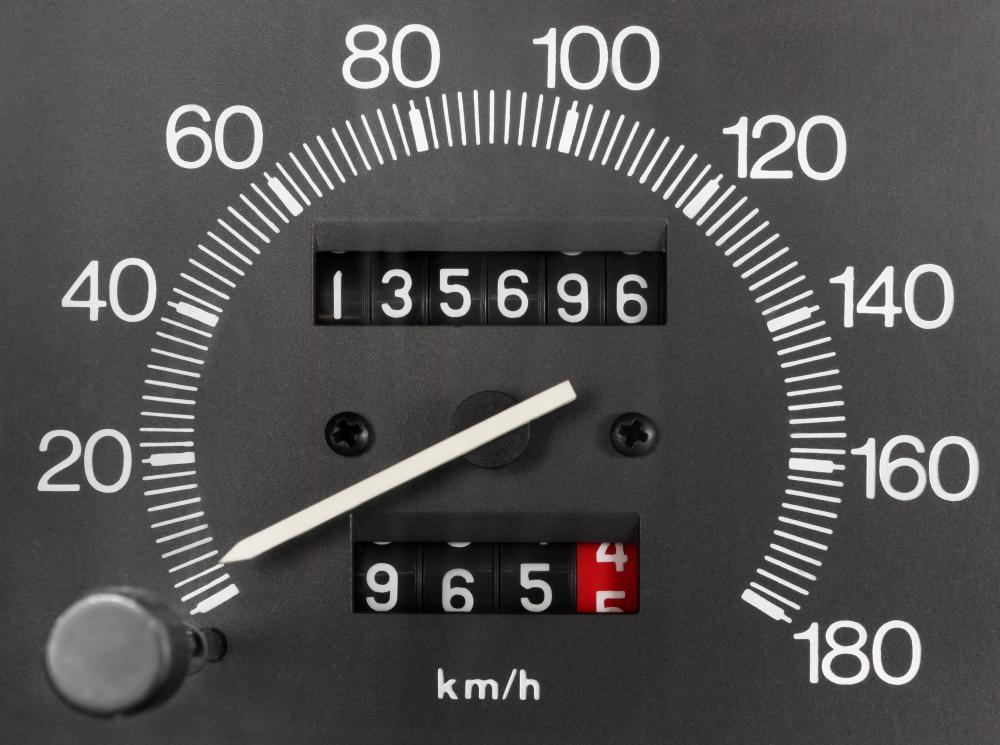At WiseGEEK, we're committed to delivering accurate, trustworthy information. Our expert-authored content is rigorously fact-checked and sourced from credible authorities. Discover how we uphold the highest standards in providing you with reliable knowledge.
What is Odometer Fraud?
Odometer fraud is an unlawful procedure used to simulate lower mileage on a motorized vehicle. The illegal act is a very common component in the sphere of car crime. Odometer manipulation is often difficult to detect, and is one of the most widespread forms of consumer fraud. Slang terms for odometer fraud include clocking, spinning, and busting miles.
An odometer is a device that records the number of miles or kilometers a vehicle has traveled during its service life. Odometer fraud is a fundamental concern for consumers who wish to purchase previously owned automobiles, because the number of miles is a major determining factor in a vehicle’s worth. Overall condition and expected lifespan of the vehicle both relate to mileage.

The chief reason for odometer fraud is a desire to increase a vehicle’s value. A reduction in miles allows a person to resell a car or other form of motorized transportation for a higher price. Cars and trucks used for rental purposes may be especially prone to odometer misrepresentation because they can amass a large number of miles or kilometers during a brief period of time.

Traditional odometers are mechanical devices with numbered wheels that turn at a certain rate as a vehicle travels. The odometers may be susceptible to several forms of tampering. The most common method involves manually rolling back the odometer’s wheels. Another technique requires the complete removal and replacement of the odometer. When traditional odometers reach the maximum number the wheels return to the original position at zero, and some people use this feature to commit fraud as well.
Digital odometers continue to increase in popularity. One reason for the introduction of the digital odometer was to combat the common problem of mechanical odometer manipulation. Unfortunately, digital odometer fraud has become commonplace because it is easy to accomplish and may be more difficult to discover. Changing the display of a digital odometer is similar to computer hacking, which utilizes a combination of hardware and software to yield an illicit result.
There are a variety of methods used to detect odometer fraud. Examination by a professional may be wise, but there are many ways in which a nonprofessional may check for false odometer readings. For instance, car owners may find discrepancies by comparing the numbers on the odometer to the numbers displayed on the vehicle’s title or maintenance records. Inspecting the automobile for signs of deterioration may be helpful because wear and tear may highlight a vehicle’s unusually low odometer reading.
AS FEATURED ON:
AS FEATURED ON:












Discussion Comments
Odometer rollback fraud is a serious issue. The Office of Odometer Fraud Investigation is working to create awareness that this is a serious fraud issue.
Post your comments